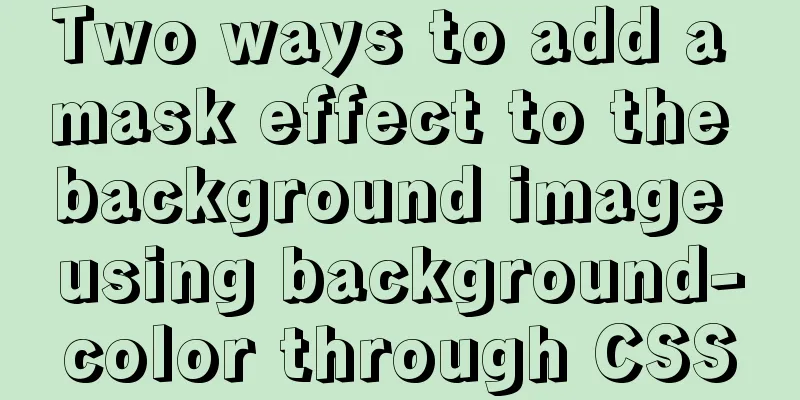Detailed explanation of the this pointing problem of JavaScript prototype objects

1. this points to This in the constructor refers to the instance object. So what does the prototype object this point to? as follows:
function Student(age,name){
this.age = age;
this.name = name;
}
var that;
Student.prototype.score = function(){
console.log('The children all have good grades!');
that = this;
}
var xl = new Student(18,'Little Bear');
xl.score();
console.log(that === xl);
Define a global variable that, assign a value to it in the score function, let it point to this in the function, call the score method of the instance object, and determine whether that and the instance object are consistent. If they are consistent, it means that the prototype object this points to the instance. The print result is:
That is, the prototype object contains the method, and this in the method refers to the caller of the method, that is, the instance object. 2. Modify this point1. call() methodWrite a simple function to add two numbers.
function fn(a,b){
console.log(a+b);
console.log(this);
}
fn(1,2)
Print this inside the function, call the function, and see where its this points to.
It can be seen that this points to the window object. If we want this to point to a newly created object, how do we do it? First define an object.
o = {};
Then modify this point through call() to point to the newly created object o
o = {
name: 'xl'
};
fn.call(o,1,2);
The print result is:
Now this points to the newly created object o, which means the modification is successful. 2. apply() methodThe apply() and call() methods are basically the same, so I won’t go into details here. Let’s go straight to the code:
function fn(a,b){
console.log(a+b);
console.log(this);
}
o = {
name: 'xl'
};
fn.apply(o,[1,2]);
It can be found that there are still differences between these two methods, namely: the parameters accepted by call() must be continuous parameters, while the parameters received by the apply() method are in the form of array parameters. SummarizeThis article ends here. I hope it can be helpful to you. I also hope you can pay more attention to more content on 123WORDPRESS.COM! You may also be interested in:
|
<<: Introduction to the method attribute of the Form form in HTML
>>: Detailed tutorial on installing harbor private warehouse using docker compose
Recommend
Solution to MySQL startup successfully but not listening to the port
Problem Description MySQL is started successfully...
Analysis of Context application scenarios in React
Context definition and purpose Context provides a...
Linux Samba server super detailed installation and configuration (with problem solving)
Table of contents Introduction to Samba Server Sa...
js implements random roll call
This article shares the specific code of js to im...
Native JS to achieve sliding button effect
The specific code of the sliding button made with...
Docker uses Git to implement the detailed process of Jenkins release and test projects
Table of contents 1. Install Docker 2. Create a c...
Detailed explanation of JavaScript WebAPI, DOM, events and operation element examples
Table of contents WebAPI DOM DOM Tree DOM element...
Detailed explanation of Nginx Location configuration (Location matching order)
Location means "positioning", which is ...
Solution to span width not being determined in Firefox or IE
Copy code The code is as follows: <html xmlns=...
Detailed explanation of flex layout in CSS
Flex layout is also called elastic layout. Any co...
Class in front-end JavaScript
Table of contents 1. Class 1.1 constructor() 1.2 ...
How to prevent duplicate submission in jquery project
In new projects, axios can prevent duplicate subm...
Analysis of Facebook's Information Architecture
<br />Original: http://uicom.net/blog/?p=762...
Summary of MySQL's commonly used SQL statements for creating tables, adding fields, modifying fields, and adding indexes
This article uses examples to describe the common...
How to perform query caching in MySQL and how to solve failures
We all know that we need to understand the proper...












